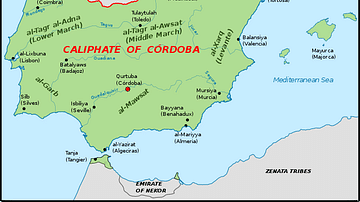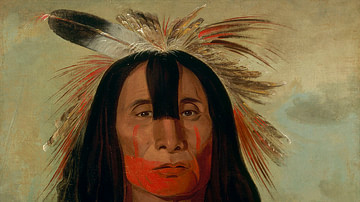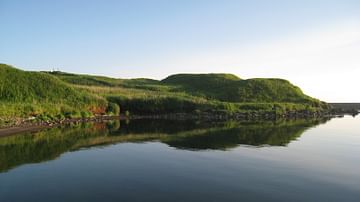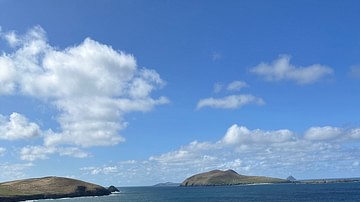Illustration
The bulls of Guisando are four zoomorphic sculptures carved in stone and located in the Ávila region (Spain). These bulls were carved by the Vetonians, one of the Celtic peoples who lived on the Iberian Peninsula before the Roman conquest of this area (around 136-133 BCE). The sculptures are believed to be protective symbols for livestock, although they may have been used as funerary elements associated with traditional customs.
One of the bulls has a Latin inscription that reads "LONGINUS PRISCO – CALAET Q PATRI F.C.", that would translate as: “Longinus had (this monument) made for his father Prisco, of the Calaeticos”. Other two sculptures have also inscriptions, but the letters are blurred.
Cite This Work
APA Style
Alonso, L. P. (2015, December 03). The Bulls of Guisando. World History Encyclopedia. Retrieved from https://www.worldhistory.org/image/4275/the-bulls-of-guisando/
Chicago Style
Alonso, Lidia Pelayo. "The Bulls of Guisando." World History Encyclopedia. Last modified December 03, 2015. https://www.worldhistory.org/image/4275/the-bulls-of-guisando/.
MLA Style
Alonso, Lidia Pelayo. "The Bulls of Guisando." World History Encyclopedia. World History Encyclopedia, 03 Dec 2015, https://www.worldhistory.org/image/4275/the-bulls-of-guisando/. Web. 01 Jul 2025.






